Aberdeenshire wildlife charity New Arc has issued advice to avoid accidentally “kidnapping” baby deer over the summer.
During this time of year, there are always a lot of young animals around, including baby roe deer, also known as kids.
They are often left by their mums, in what they think is a safe place, so they can go off to find food during the day.
Concerned people who stumble across these young animals may mistakenly be alarmed and think something is wrong.
According to Paul Reynolds, manager of New Arc, it’s “very rare” that there is anything wrong with them though.
And unfortunately, well-meaning people sometimes try to intervene and unknowingly take these deer fawn away from their mums to wildlife centres — which also takes much-needed resources away from other casualties.
What should you do if you come across a baby deer on its own?
The peak times for roe deer fawn, and other young animals, are from May until July. But they can stay with their mums for up to a year.
Paul explained that the mothers will often leave their young during the daytime to go and find food for themselves, but will keep returning to check in and feed their fawn throughout the day.
However, the mum doesn’t want to hang around and draw attention to the young one. The pair won’t move away from the spot until the evening when they think it’s safe to find a new location.
“I think people are inclined to think it’s abandoned,” he said. “That’s not just deer though, we get the same thing with baby gulls and fledgling garden birds.
“Most people see a young animal on the ground that can’t get away from them and assume something is wrong.”
Paul shared some tips to stop baby deer “kidnapping”:
- Keep dogs on a lead when walking in wild areas
- Stay well away from the baby deer
- Crucially, do not pick up a deer kid — if you think it needs help call New Arc or another wildlife rescue first for advice before doing anything else
- And, if you must touch a baby deer, use gloves or a towel to avoid leaving your scent
Are there times when baby deer need help?
Paul stressed that most of the time, the young deer are “perfectly fine to leave alone”.
However, there are times when people may need to intervene.
“It’s very rare,” he explained. “So rare that if you were to always leave them be and never intervene you would do more good than harm, as a general rule.”
But, Paul said the most common reasons that a young deer has been abandoned is because the mother could have been hit by a car, or they’ve been attacked by a dog.
The wildlife rescuer added: “That happens a lot, people let their dogs off and a wee deer is not going anywhere, so they get mauled.
“I’ve been to a fair few of those.
“So if you’re ever going to put dogs on a lead, certainly May, June, July are the peak times. Not just for baby deer, there are all sorts of creatures around over the summer months but of course that is when people are most active with their dogs as well.”
If the deer fawn is visibly injured, isn’t alert, is in a state of collapse, or if there are a lot of flies buzzing around and landing on it, then it probably needs help.
But he reinforced that it’s always best to call New Arc, or any other wildlife rescue, first so they can give any advice, assess the scene remotely, and then work out the best course of action from there.
‘The main message is please don’t pick them up,’ says New Arc manager
Roe deer kids take up a lot of work and time, and are very sensitive animals. Even if they are perfectly healthy they could spend up to six months in the wildlife hospital before they can be released again.
Depending on how old they are they might need about five feeds a day up until midnight. And, as Paul explained, having a wild animal taking up space and time when it didn’t need to be picked up in the first place “causes a bit of a nightmare”.
He warned that the best bet for young deer is “staying with their mum” and interfering can lead to “fatal” consequences. Not to mention bringing a young animal to an “alien setting” can be very stressful for it.
Paul finished: “The main message with baby deer is please don’t pick them up, and if you think it does need help, call us. I think people sometimes think ‘if I take it to a wildlife rescue it’s guaranteed to survive, whereas if I leave it here it might not’.
“Some people have this idea the wildlife centre is the safer and nicer option for an animal, but it really isn’t.
“It’s a stressful environment for any wild animal, we are trying to fix something that’s gone wrong with an animal but they’re not generally going to be happy while they’re in captivity.
“Where we can, wild animals should be left unless they are injured, unwell, or genuinely orphaned.”
If you want to report an injured wild animal, or get advice, call:
New Arc — 01358 701723
Highland Wildlife Rescue — 07957 584817
Scottish SPCA — 03000 999 999
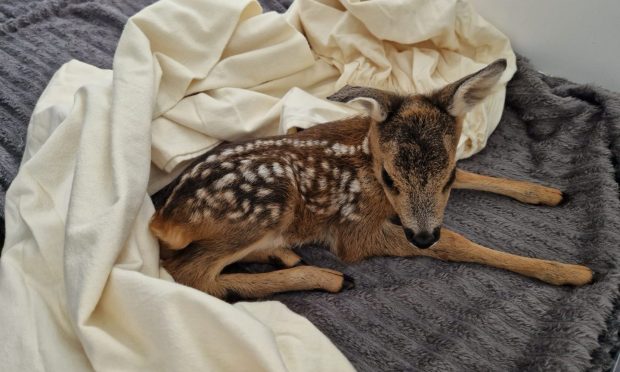
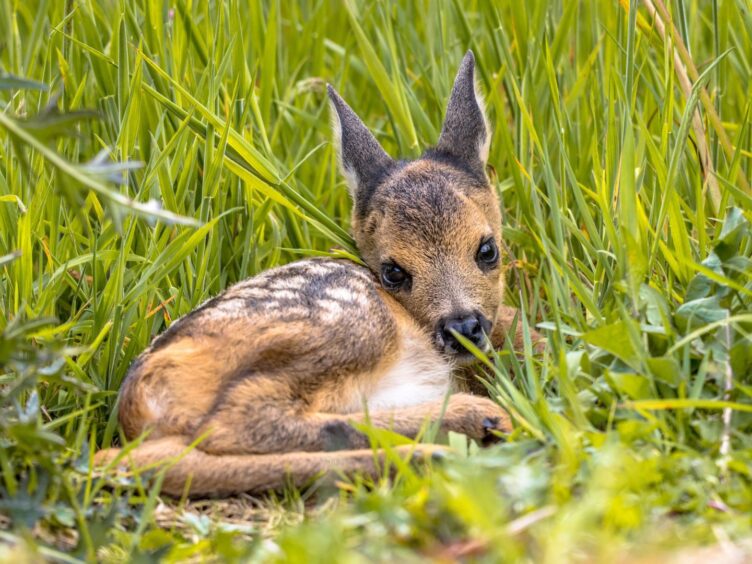

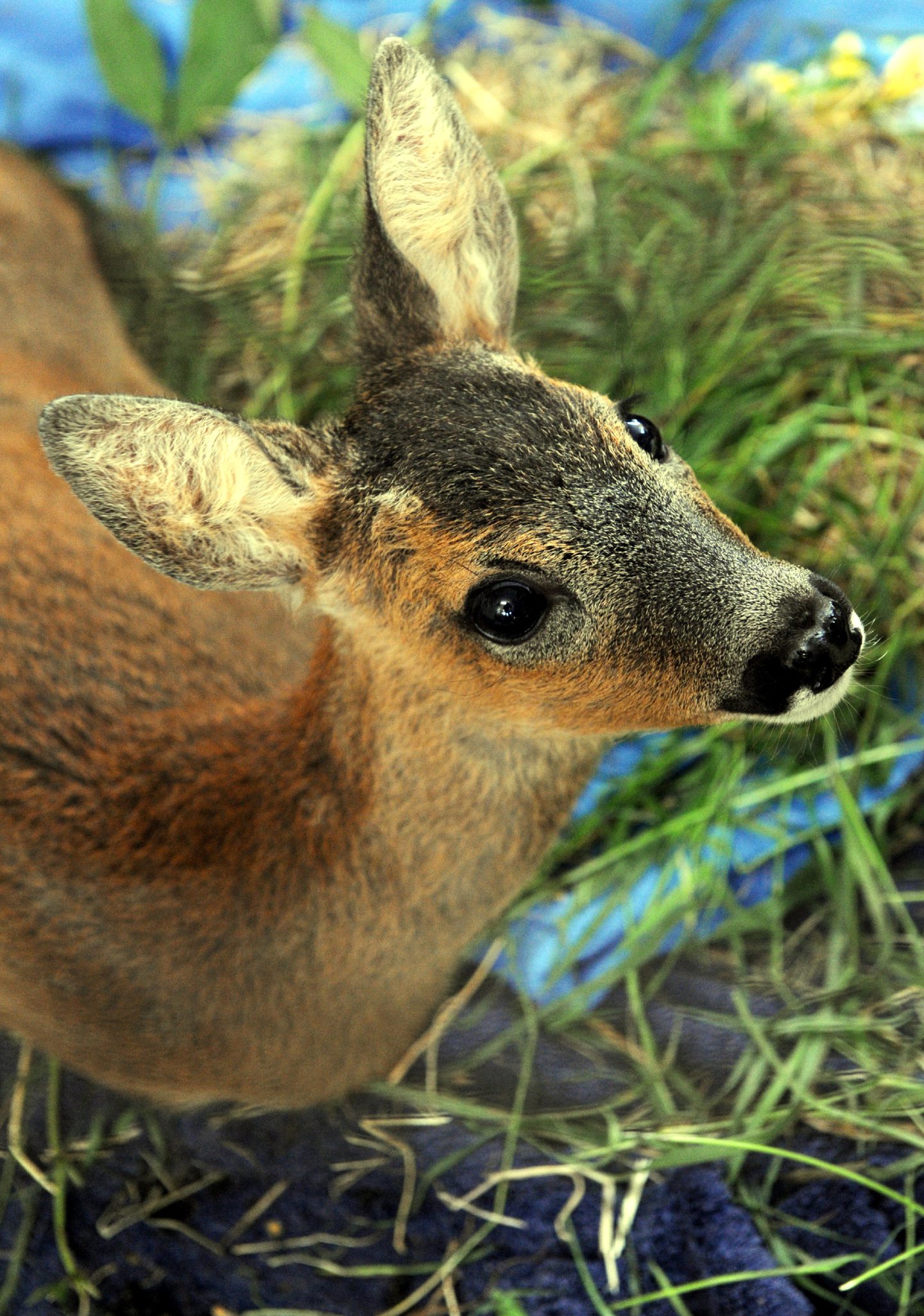
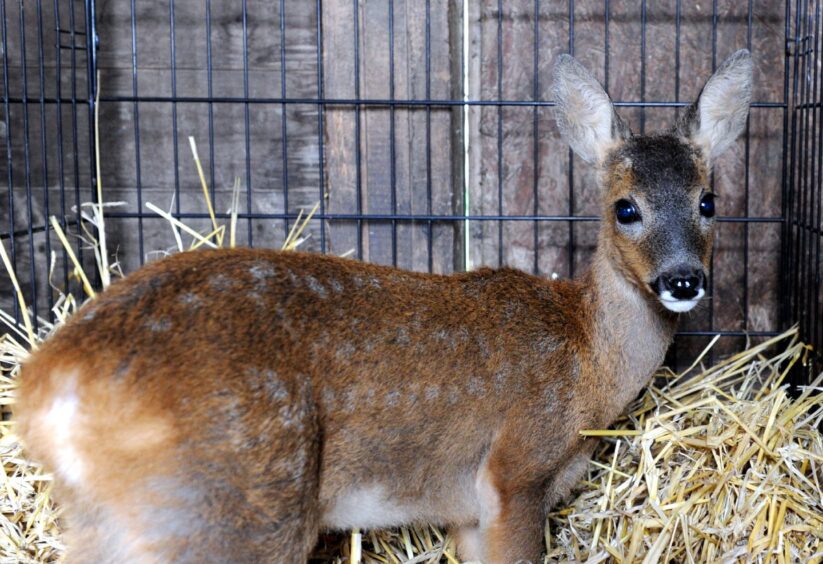
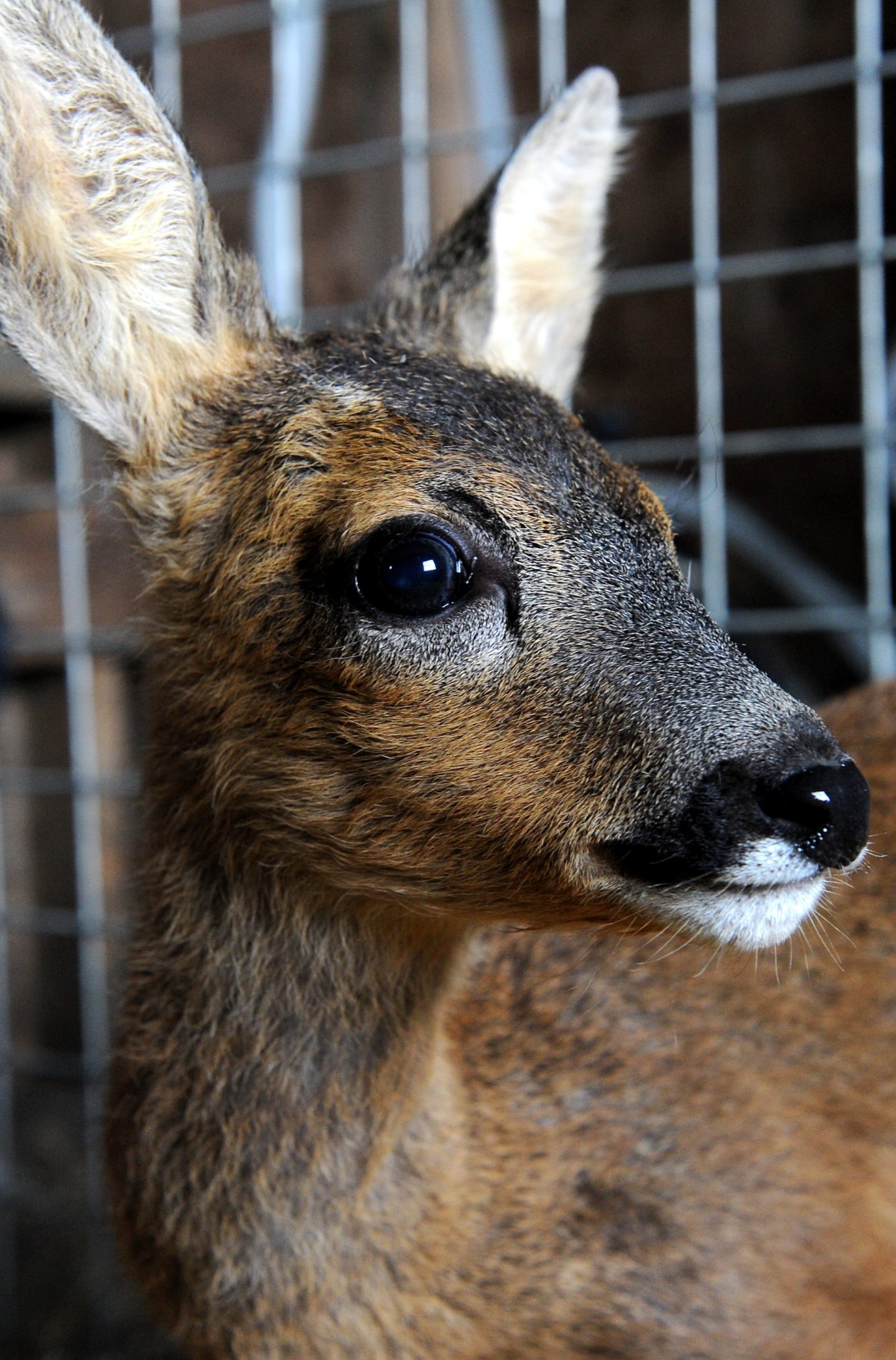
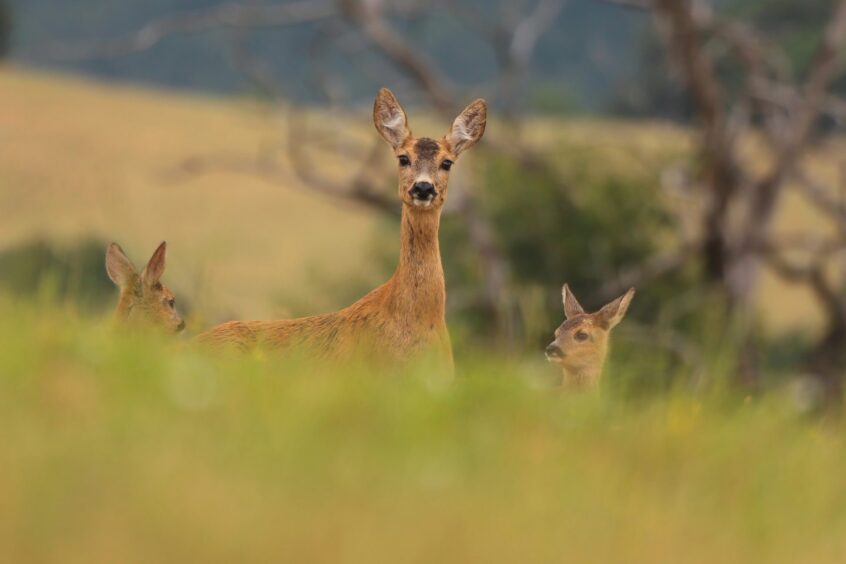
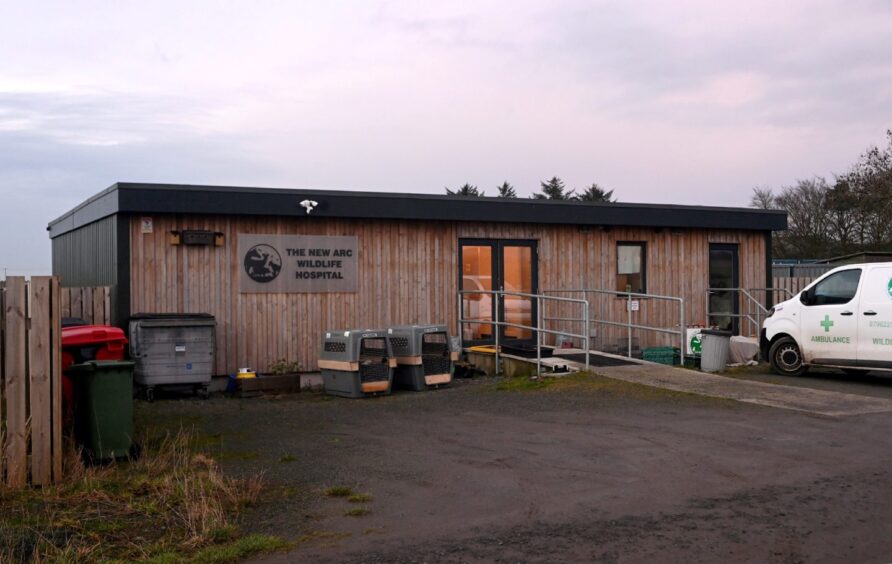
Conversation